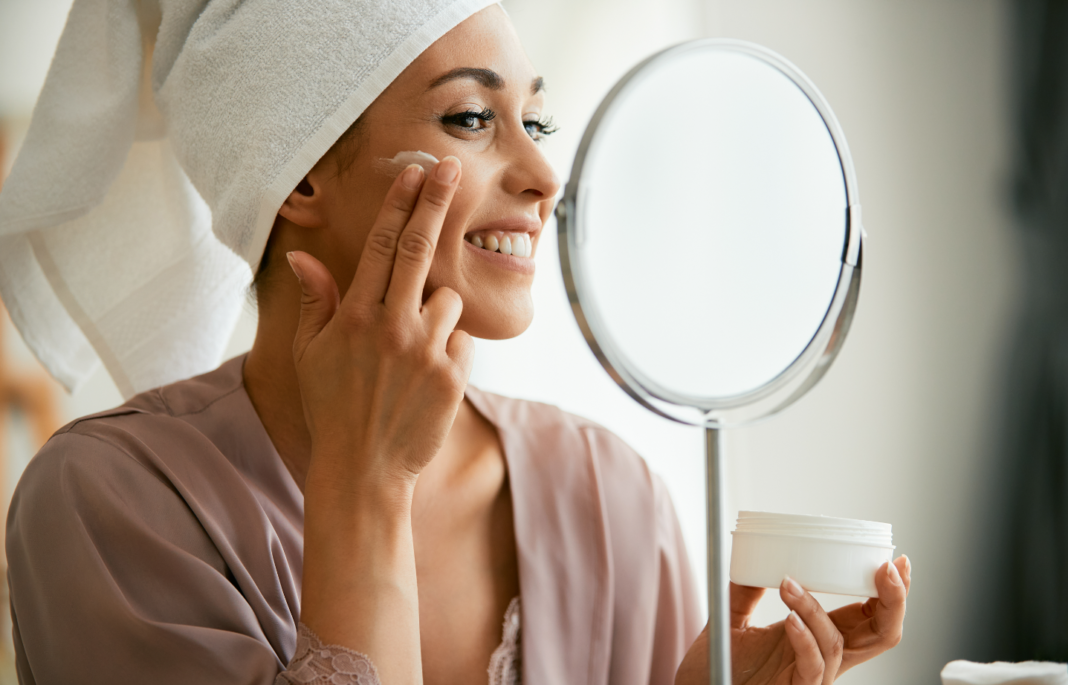Ladies, who hasn’t been there? You’ve just bought that fancy new moisturizer or foundation, hoping for flawless skin, and instead, you’re faced with a breakout worse than the last. The world of skincare and cosmetics can be a tricky maze. One term you might have bumped into on your product hunts is “noncomedogenic”, but what does that even mean? Let’s unravel this beauty mystery together!
Why “Noncomedogenic” Is the New Buzzword in Beauty
At its heart, “noncomedogenic” is quite the savior for those prone to acne. In a nutshell, if a product is comedogenic, it’s more likely to clog your pores, leading to those dreaded breakouts. The noncomedogenic ones? They’re the heroes that help keep those pores unclogged.
Remember the beautiful horror stories of the 70s and 80s? Acne caused directly by cosmetics was a real scare, termed “acne cosmetica”. Thus, arose the need to measure how much a cosmetic would contribute to clogging our pores. And voila, the comedogenicity scale was born, ranking ingredients from 0-5 based on their pore-clogging propensity.
Bunny Ears & Beauty: A Surprising Connection
Oddly enough, the earliest tests for comedogenicity were carried out on rabbit ears. Why, you ask? Simply because they’re more sensitive than human skin. If a product passed the bunny test, it was generally safer for humans. However, this led to controversies concerning animal testing, making the scale’s reliability a tad questionable.
Reading Between the Lines: The Comedogenic Scale
It might seem easy-peasy. Stick to products rated 0, 1, or 2 on the scale, and you’re golden. But, here’s the tea: determining a product’s pore-clogging potential isn’t as straightforward. With no standardized definition, different studies have various ways of measuring comedogenicity. Some look microscopically, while others rely on the naked eye.
But, just because something ranks low on the scale doesn’t mean it’s always safe. It’s about the concentration of the ingredients. For example, an ingredient that’s super comedogenic in high concentrations might be perfectly safe when diluted.
Deciphering the “Noncomedogenic” Label
The not-so-fun fact? The term “noncomedogenic” isn’t strictly regulated. So, while a product might claim to be noncomedogenic, it isn’t a sure-shot guarantee that it’s breakout-proof. The decision to brand something as noncomedogenic is, in many cases, up to the cosmetics companies themselves.
Top Tips for Truly Unclogged Pores
If you’re striving for that fresh, clog-free glow, here’s some savvy advice:
- Look for products labeled both oil-free and noncomedogenic.
- Powder makeup can be kinder on your skin than liquids.
- For a product test drive, apply a dab along your jawline or behind your ear. Wait for a day or two, and see how your skin reacts.
Always remember, darlings, while product labels and buzzwords can guide you, the ultimate go-to for any serious skin concerns should be a board-certified dermatologist.
And there you have it! A deep dive into the world of noncomedogenic beauty. Cheers to clearer skin and smarter shopping!








